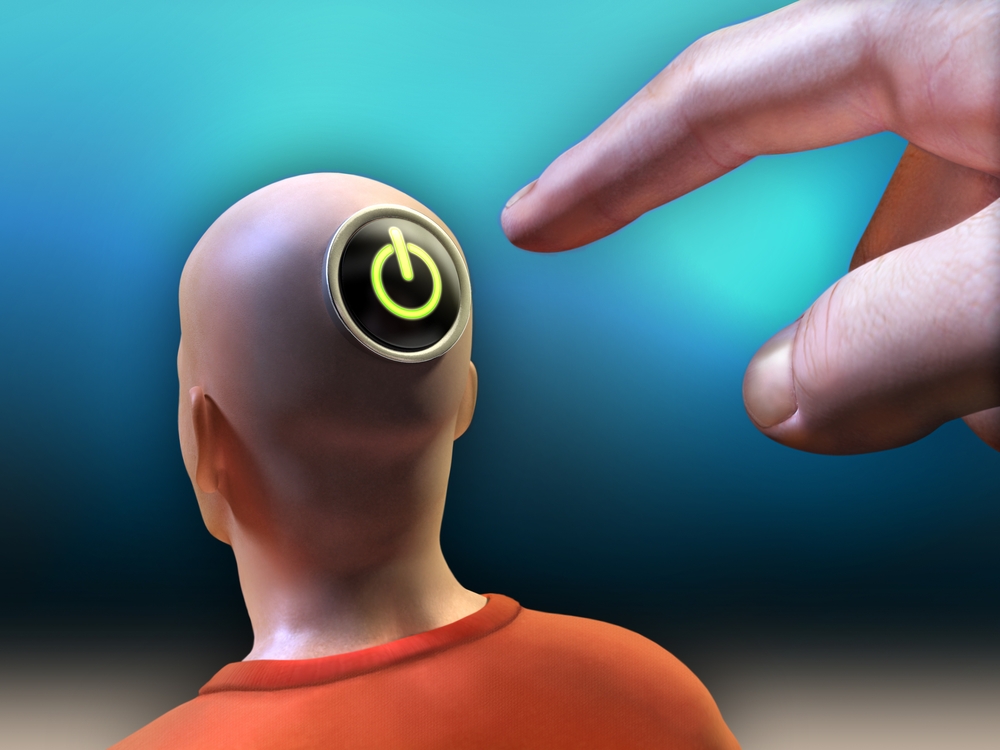Between our waking and sleeping modes, our brain switches between opposite modes of consciousness. Until now scientists knew very little about these key transitions work at a neural level.
But recent studies have shown some answers to that. Research published last week in the journal Nature Communications sheds light on the neurological mechanisms that allow these processes to occur successfully. It also offers a clue as to why we sometimes can’t fall asleep or stay awake, when we want to.
Researchers from the University of Maryland School of Medicine are investigating, for the first time, the workings of a pathway that seems to play a key role in regulating the “switch” between sleep and wakefulness.
If you want to understand how something as complex as sleep is produced by the brain, you have to understand the molecules within the brain that create specific patterns of neuronal activity that put the brain into particular states, such as sleep or wake. Happyho also provide best tarot reading services in Noida and Delhi NCR India area.
These molecules control the sleep-wake cycle by regulating the pattern of electrical activity in the suprachiasmatic nucleus, or SCN. The SCN is a brain region within the hypothalamus, a part of the brain responsible for hormone production, among other functions and it acts as an internal clock, governing the body’s circadian rhythms. The SCN determines when we fall asleep, how long we sleep and when we wake up.
The major surprise revealed by this study was that there is a specific biophysical switch mechanism, called ‘inactivation,’ that prevents the daytime BK channels from influencing neuronal activity in the SCN. Without daytime inactivation of BK channels, the SCN doesn’t encode the circadian time signal properly.
In an experiment on mice, researches were surprised to find they could change the pattern of neuronal activity associated with daytime into a pattern associated with nighttime and that it was as simple as flipping this molecular switch.
Mice sleep during the day, when their BK channels are typically inhibited the result of this inhibition is high levels of neuronal activity that leads to sleep. When a mouse’s BK channels become active at night, its neuronal activity is lowered, triggering wakefulness. Humans, of course, sleep at night and are awake during the day, but otherwise their association between neuronal activity and the sleep-wake cycle is similar.
Having a better understanding of this neuronal pathway might help us find new ways of treating certain sleep disorders like jet lag and insomnia, which involve dysfunction of the circadian clock.
Sleep was once something of a mystery to scientists, but more and more research is shedding light on why we need sleep and what happens in the brain while we’re at rest.
Another study, published Monday in the journal Nature Neuroscience, shows that memories formed in one part of the brain are replayed and transferred to a different area of the brain during sleep. The findings could tell us more about the brain mechanisms involved in Alzheimer’s disease.





